white tiger king
Shopping Event
Come and enjoy up to 20% offLearn More
The White Tiger King is made of 1060 high manganese steel and is oil-quenched for long-lasting sharpness. The sword body includes a painted hardwood scabbard, a copper blade, and zinc alloy accessories, perfectly combining exquisite artistry with practicality.
$559.00
41 in stock
41 in stock
Guaranteed Safe Checkout

Product details
[Blade length]: 72.5CM
[Handle length]: 26.8CM
[Blade width]: 3.2cm
[Blade thickness]: 0.7cm
[Heat treatment method]: Oil quenching
[Blade material]: 1060 high manganese steel
[Accessories]: Zinc alloy
[Feather cutting]: Copper
[Knife]: Copper
[Sheath material]: Mountain wood paint
[Total weight]: 1.3kg
[Weight without sheath]: 1.05kg
| Weight | 1050 g |
|---|
Description
Forge Brothers – Each of our swords is the embodiment of artisan mastery, crafted through more than a dozen exacting steps—from original design and forging/quenching to precision polishing and final assembly—ensuring perfection at every stage. Whether for prized collection, martial-arts training, warding off evil, home décor, or as a standout piece for military enthusiasts and cosplayers, our blades fulfill the highest standards of quality and taste. Every sword arrives in a luxurious brocade gift box, marrying superior craftsmanship with elegant presentation.
***Important Notice***
Before placing your order, please verify your country’s or region’s regulations on shipping samurai swords. We are not responsible for any additional customs duties or fees that may apply.

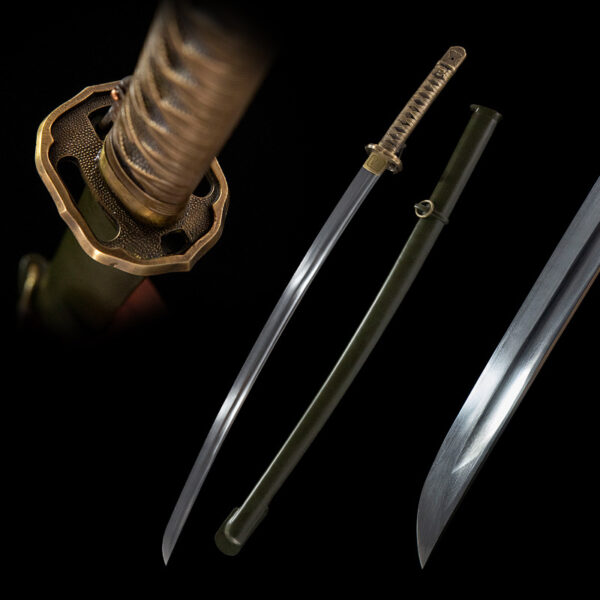
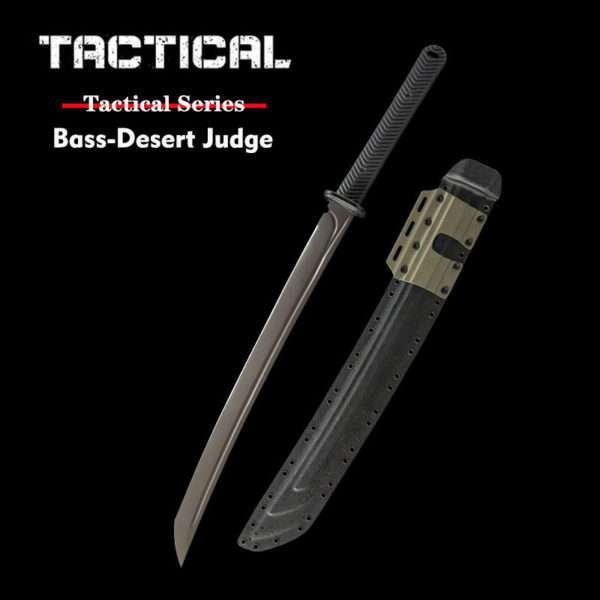
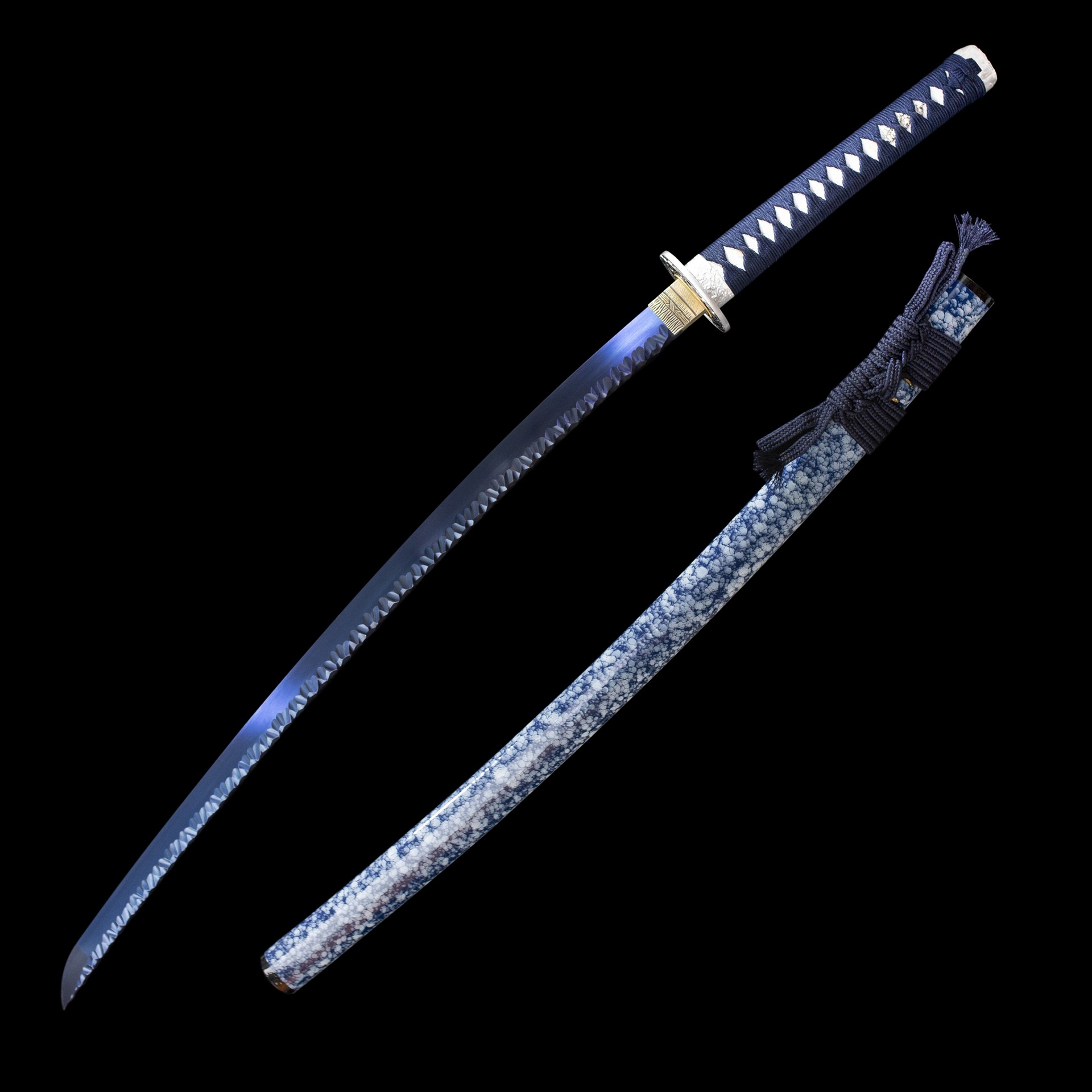
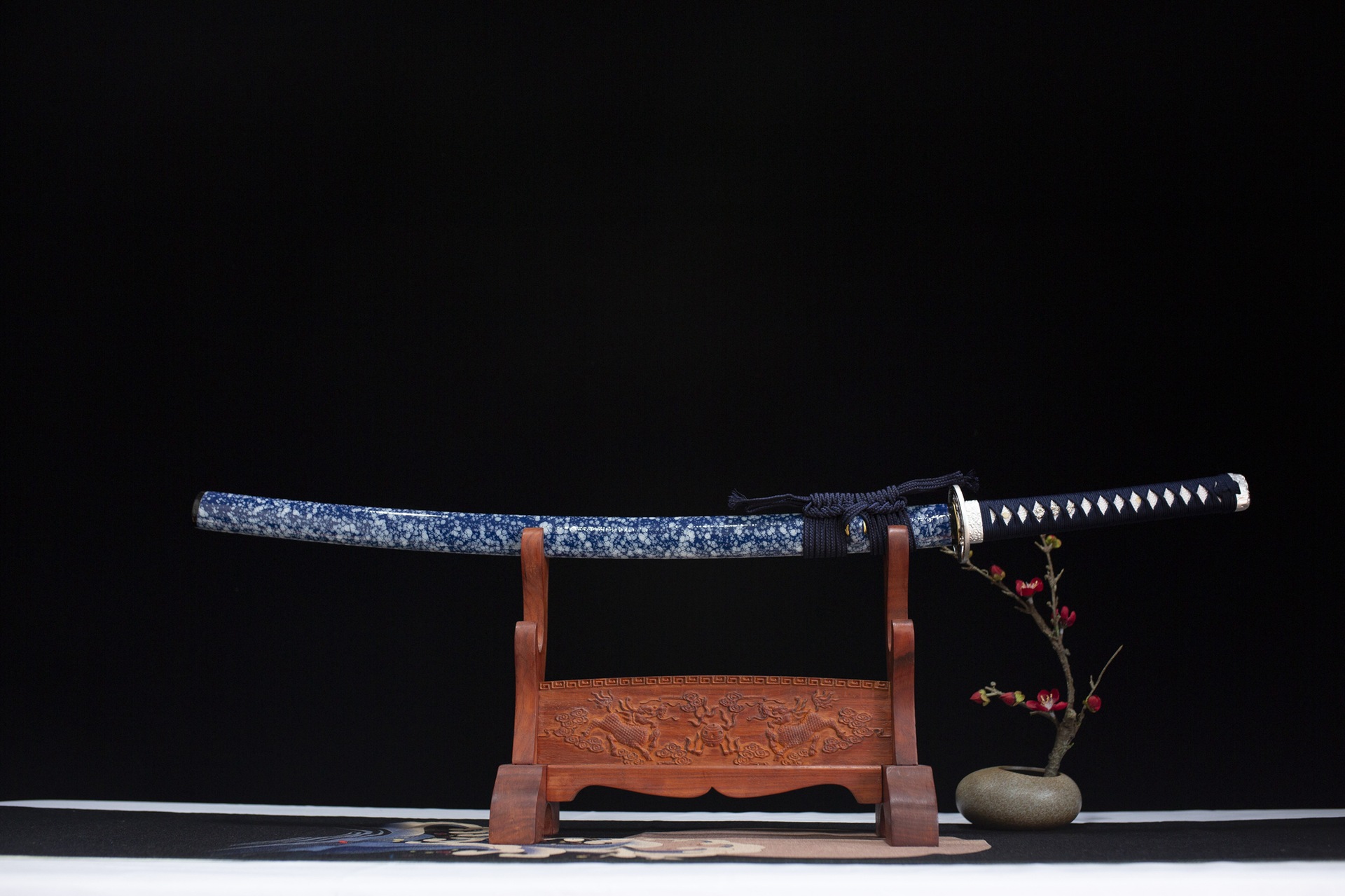
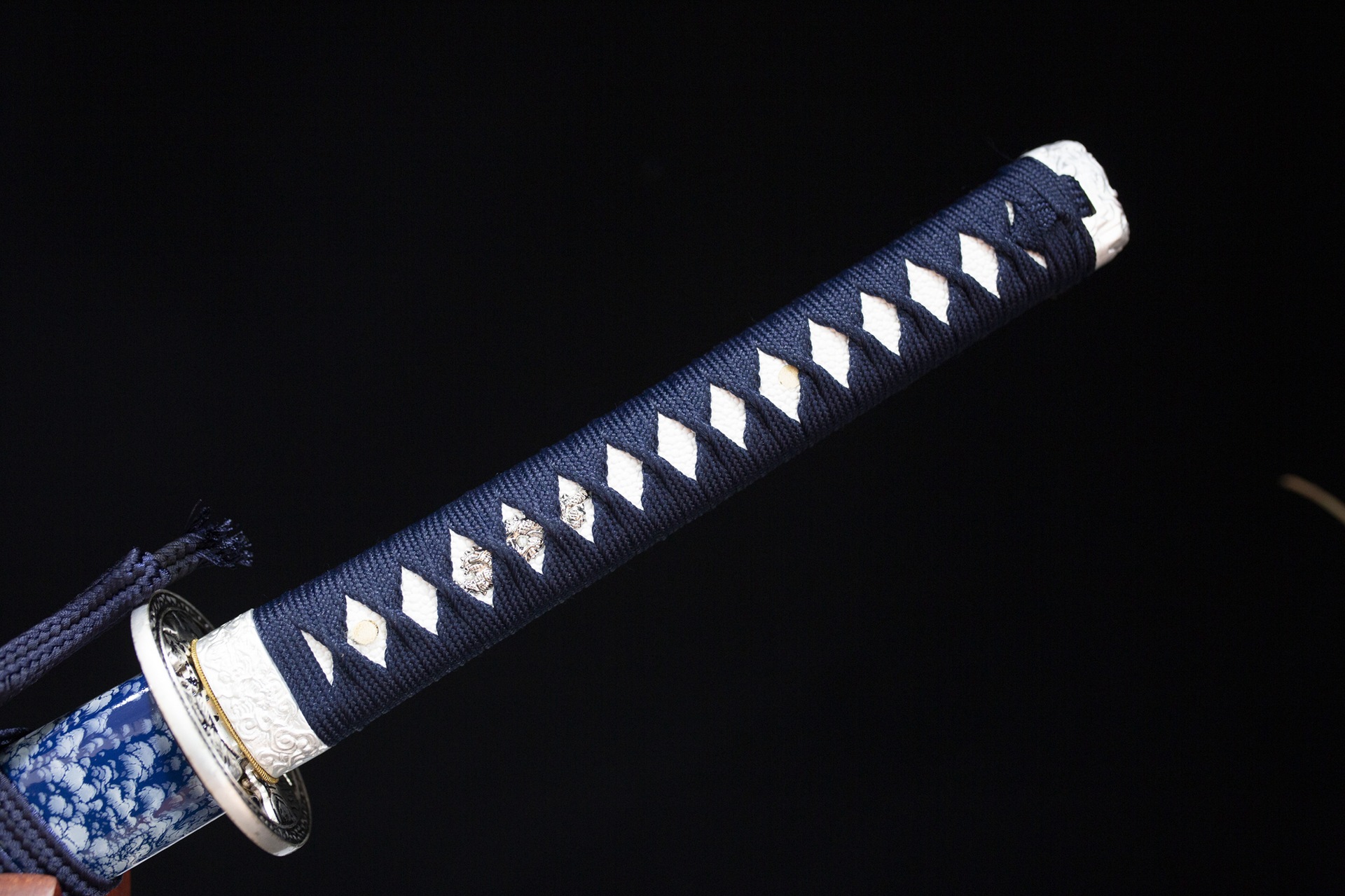
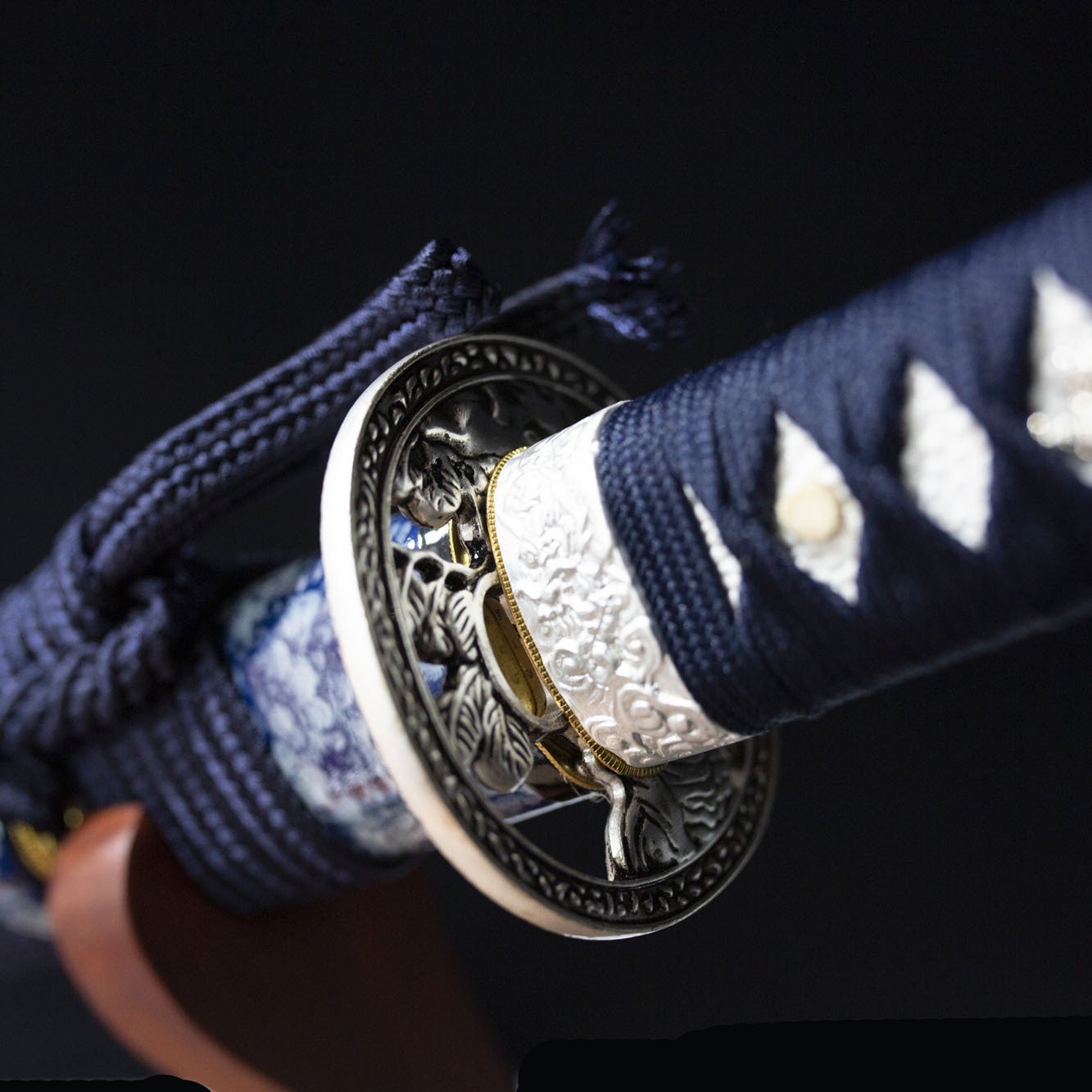
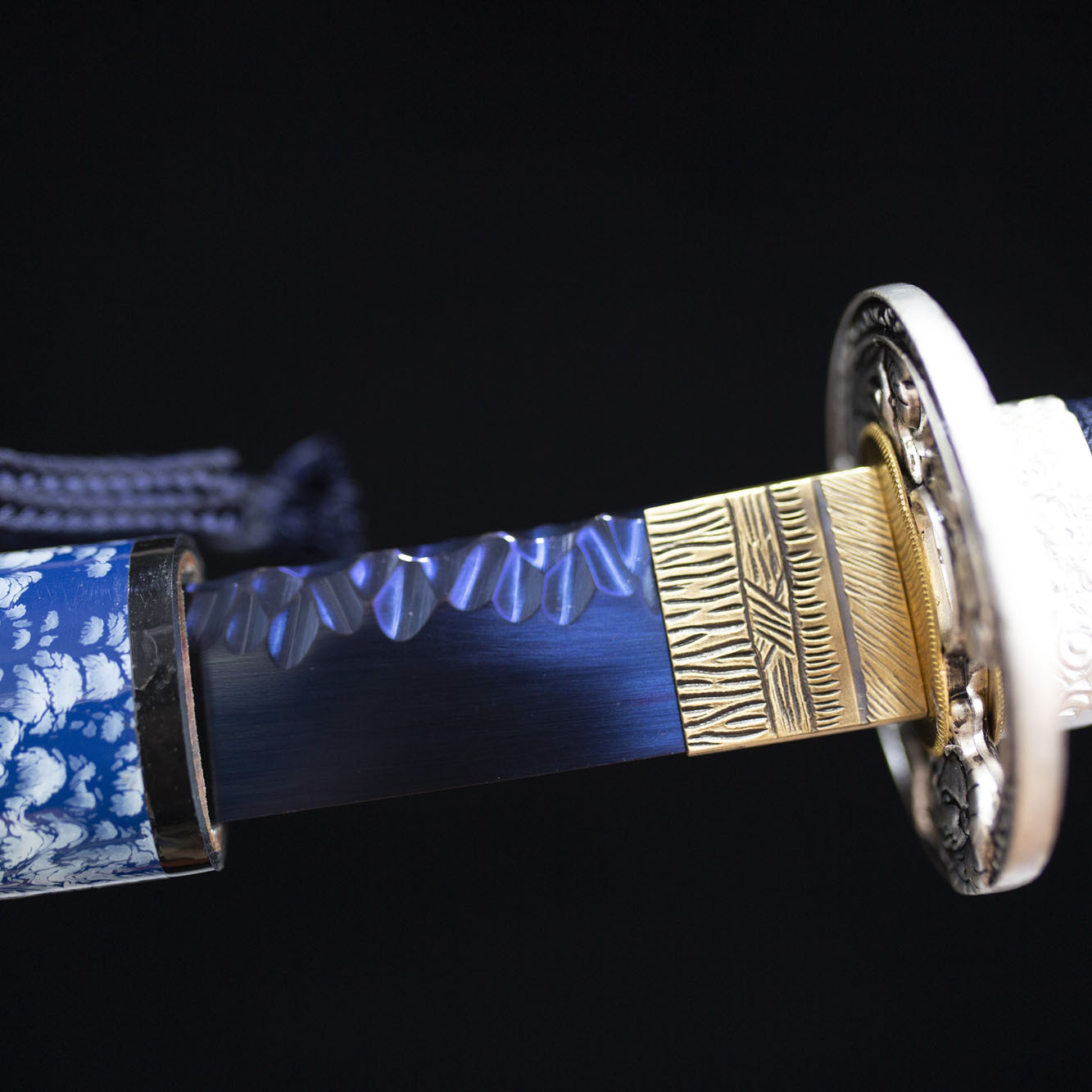
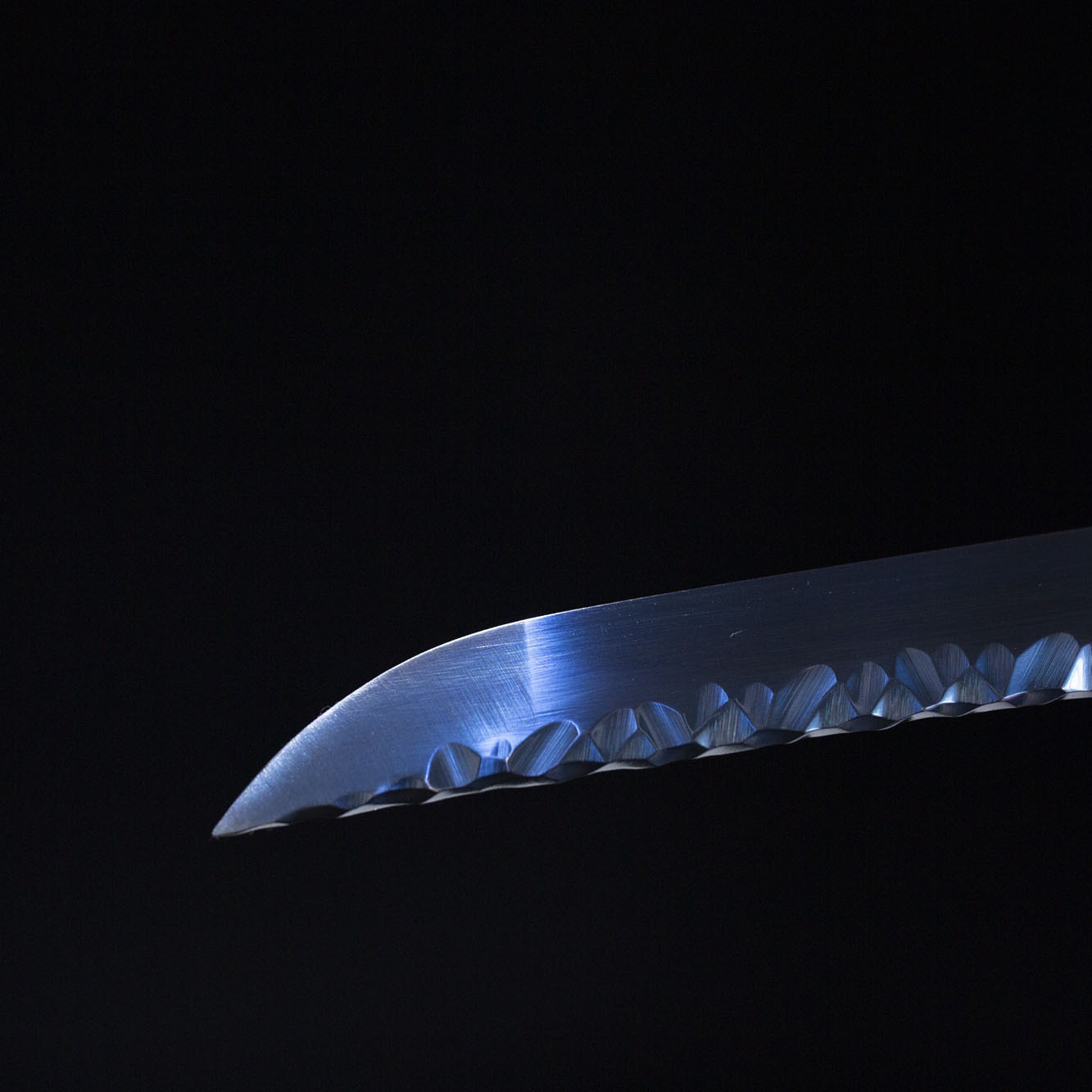
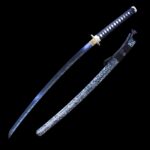
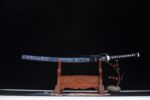
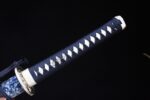
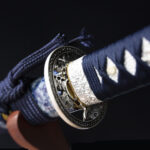
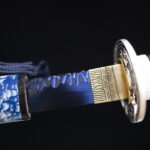
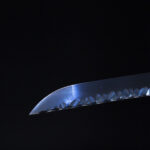

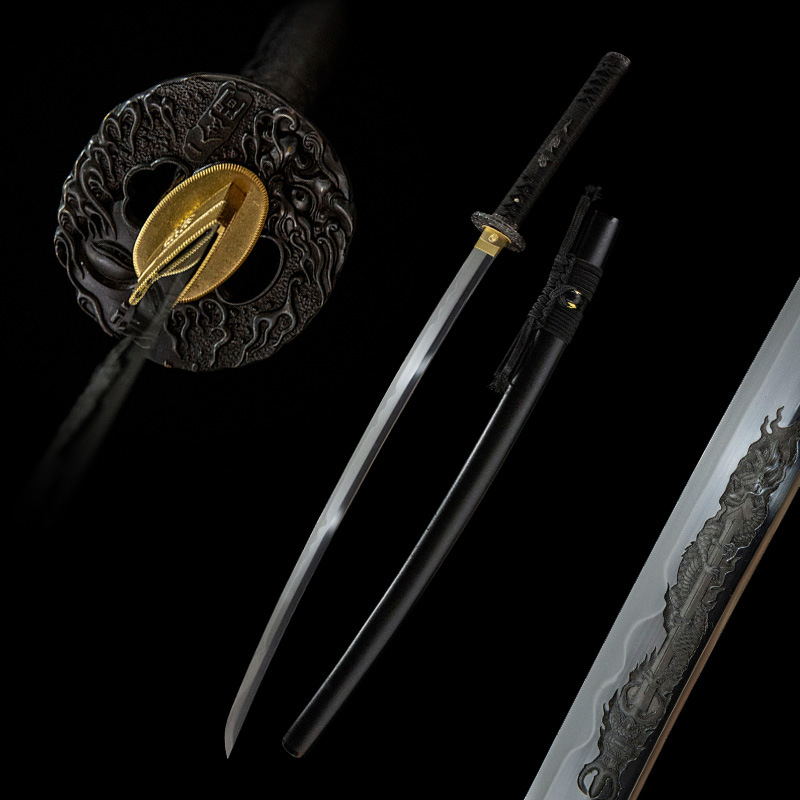
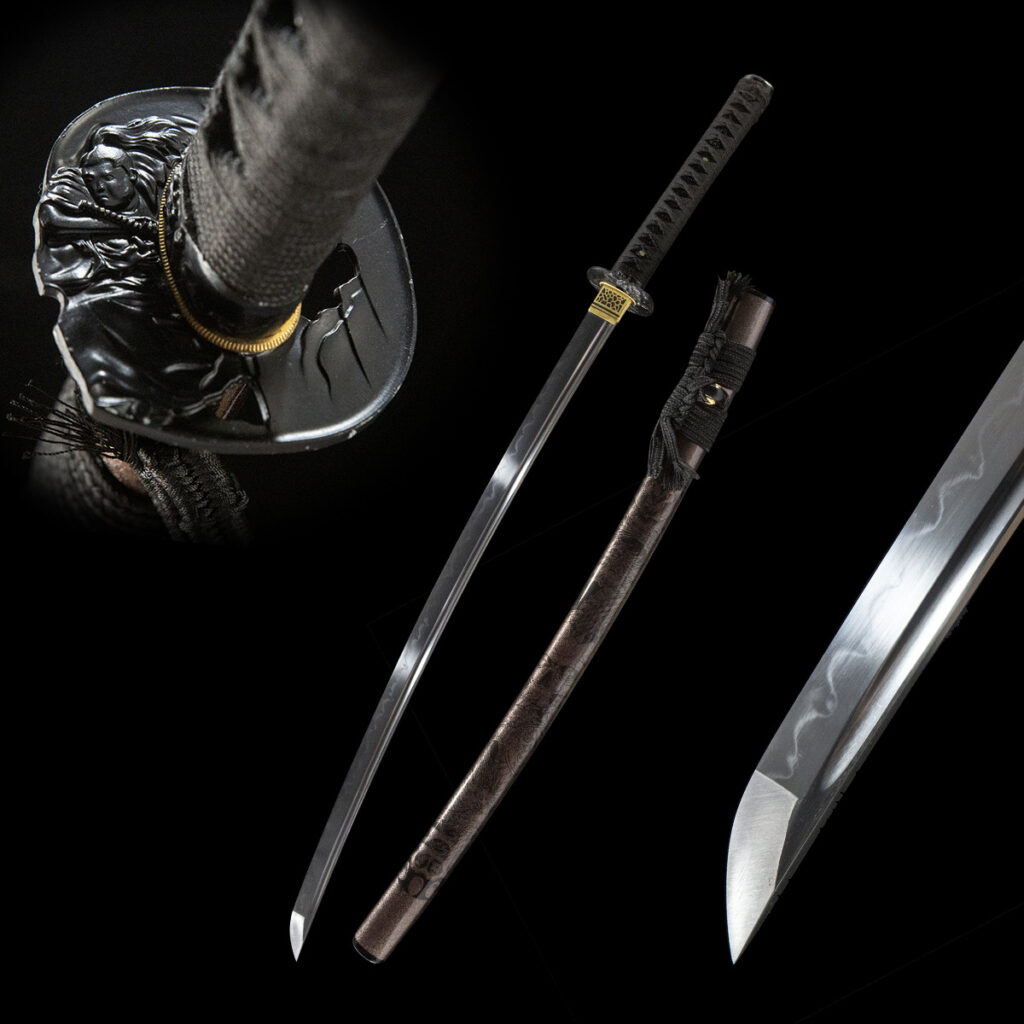
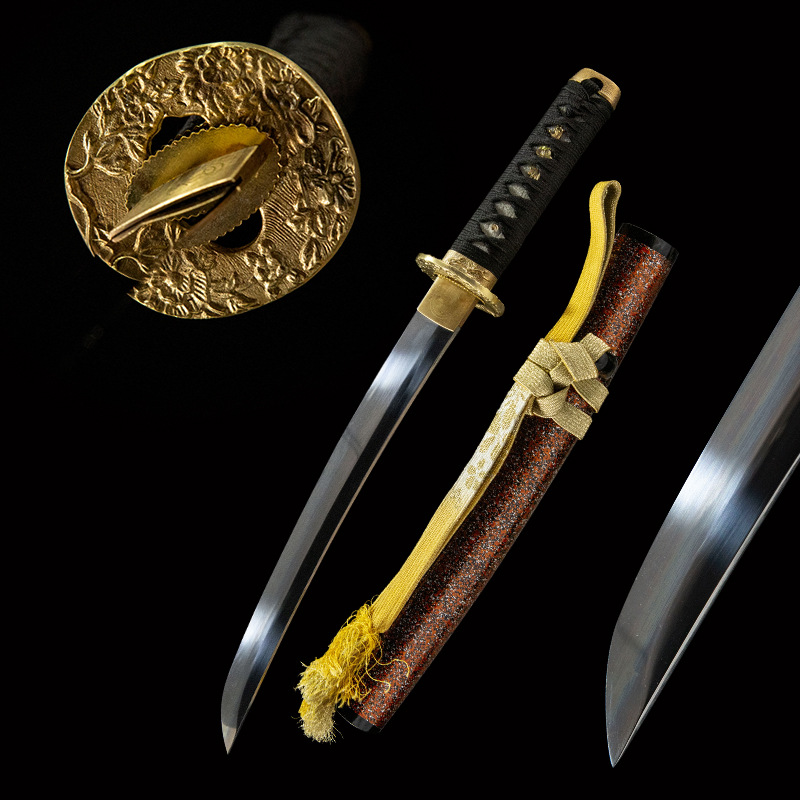

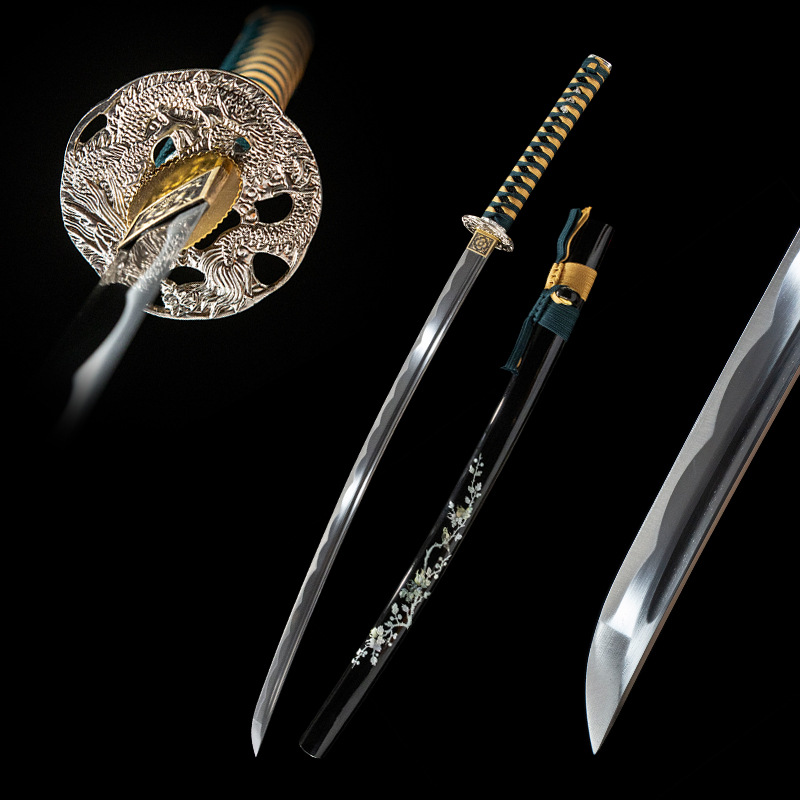
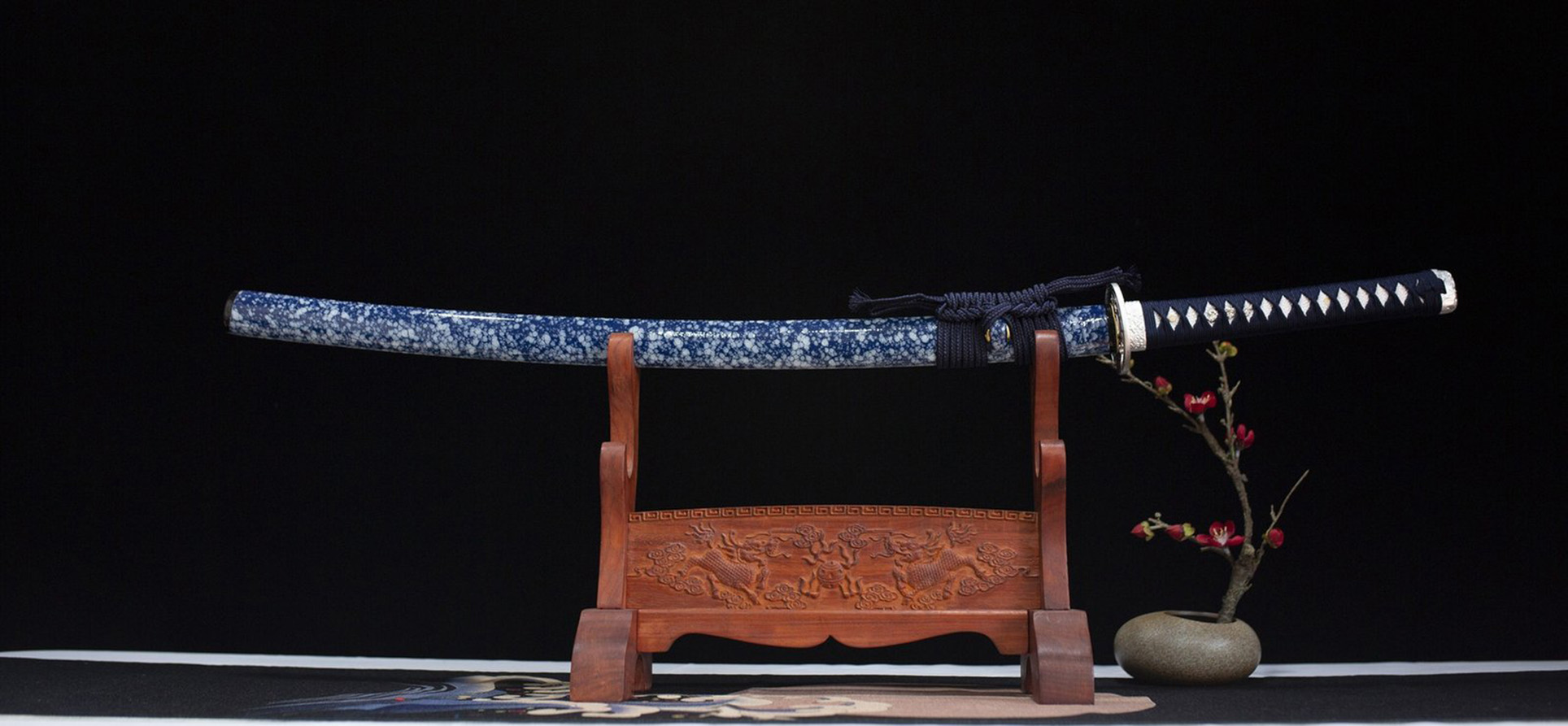
desimone3387 –
Purchasing an authentic Japanese sword made to historical standards is very expensive… the whole sword fandom movement is a little ridiculous considering the long history of Japanese sword production. Despite what many people think, if I took the steel rear spring off my F-150, the steel could technically be purer and better quality than what the great swordsmiths of ancient Japan could get their hands on.
That said, it’s always about the craftsmanship, not just of the blade, but also the accessories, all of which were made by different experts in ancient Japan, requiring different temperatures to make the blade soft where it needs to cut, hard where it needs to resist, and so on.